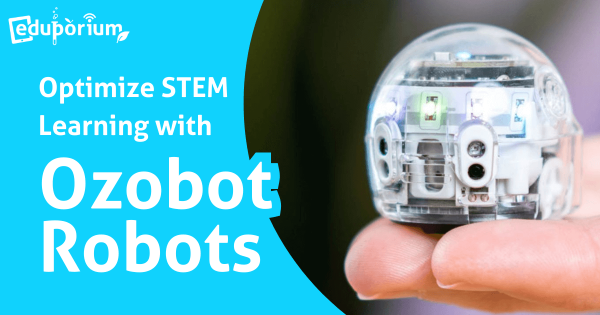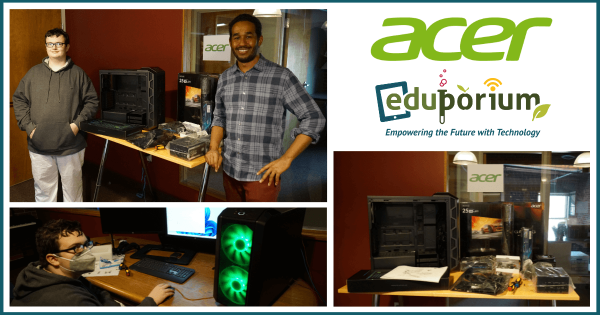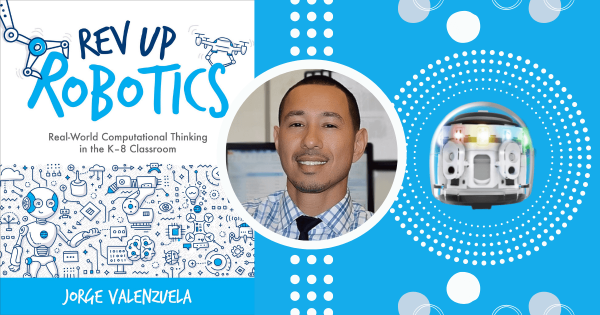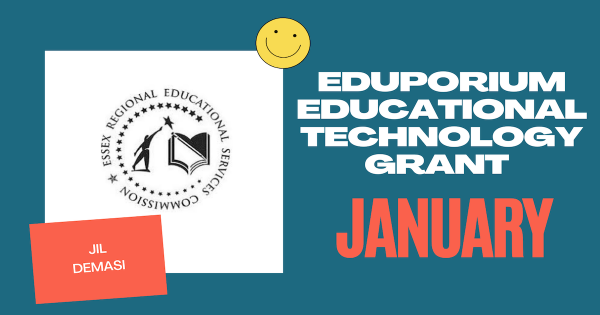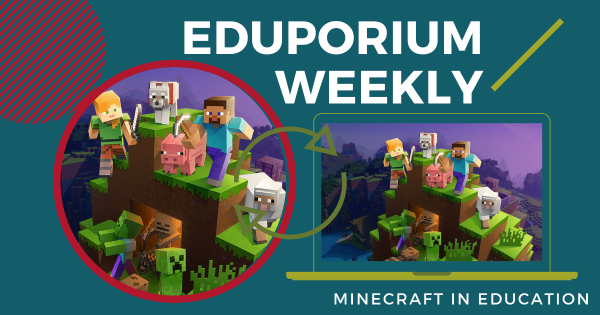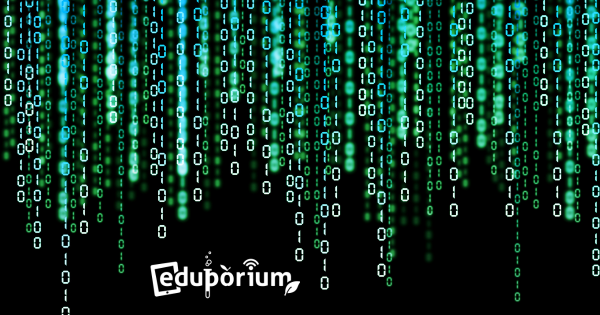When it comes to elementary coding experiences, Ozobot Evo projects, in particular, help educators facilitate STEAM learning that’s simple. Teachers can break up an Evo Classroom kit and distribute the components for kids to share in any educational setting. Plus, with the Ozobot Classroom LMS, assigning bots, tracking student progress, and accessing lessons is easy.
Computational Thinking
Computational thinking is a problem-solving approach that involves breaking down complex problems into smaller, more manageable parts and devising systematic strategies to analyze and solve them. Rooted in computer science principles, this mode of thinking goes beyond programming, encapsulating skill sets for various domains. At its core, computational thinking involves decomposition, in which problems are broken down into smaller sub-problems, pattern recognition to identify trends or regularities, abstraction to focus on essential details while suppressing unnecessary information, and algorithmic design for developing step-by-step solutions. This approach is not exclusive to computer science. Rather, it provides a structured framework for solving diverse problems. And, many STEM tools, like the databot 2.0, Dobot solutions, and common classroom robots help kids build these competencies.
The importance of computational thinking lies in its pervasiveness and its role in preparing kids for a true digital age. In an era in which technology drives success, computational thinking experiences equip kids with skills to navigate complex challenges. This cultivates logical reasoning, analytical thinking, and other skills for approaching problems systematically, which are invaluable attributes for today's professions. Further, computational thinking fosters creativity and innovation skills that kids can utilize across various areas. It encourages kids to think outside the box, devise efficient solutions, then apply new skills in technical or non-technical scenarios. As technology continues to evolve, computational thinking skills are very much foundational, ensuring that children are not just consumers of technology but active contributors and problem solvers in an increasingly digital, rapid, and data-driven world.
-
Eduporium Weekly | Ideas For Expanding Coding Education
All indications are that coding competencies will continue to open up many promising professional opportunities for today’s students. Coding’s not the only skill that will separate them, however, as we see how soft skills remain equally important but, based on what we see from the workforce, students who build up their coding skills won’t be learning something outdated. -
A Teen's Journey To Building A Full Gaming System
About three years back, Logan and his family learned that he had inherited a rare genetic condition known as TANC2 Syndrome. Instantly, most of the normalcy slipped out of his life—with near-constant hospital visits, medical tests, and physical struggles—but one thing that remained was his passion for gaming, leading to his mom helping him learn to build his own system. -
6 Coding Languages That Your Students Can Learn
While computer code certainly can be powerful, it doesn’t necessarily have to be complex. Starting with core languages designed to ease children into coding, they’re often just as effective as those they would use in mastering more challenging elements. In fact, some of the best for helping them build a foundation are graphical or icon-based and various block-text hybrids. -
How STEM Teachers Can 'Rev Up Robotics' in the Classroom
Jorge Valenzuela has become an influential figure in STEM education with experience in both classroom and online teaching as well as higher education instruction. He worked in the Richmond Public Schools system for 10 years and helped build their Tech Ed program. In recent years, he’s shared his experiences, including in his book! -
EdTech Grant for January Awarded to Jil DeMasi
Jil is committed to providing students with the resources and opportunities they would have access to in a traditional educational setting. She’s chosen to go about facilitating opportunities through the implementation of robotics tools. Jil sees this opportunity as a game changer for her students as she helps them discover hidden talents. -
Eduporium Weekly | Minecraft as a Legitimate STEM Tool
We all know that kids today love technology. Whether it’s tablets, smartphones, laptops, or whatever else they play with, once they hit nine or 10 years old, they seem to be glued to some sort of device. A lot of these children are sitting in front of computers and bettering themselves at the same time. That’s right—they’re playing Minecraft. -
Eduporium Weekly | Why Is Computational Thinking Key?
Collaboration and problem solving are an integral component of the modern-day workforce and, for that reason, have become an increasingly common part of modern education. Those who are able to break problems down and utilize a certain way of thinking to solve them while also incorporating technology are very valuable. -
Eduporium Weekly | The Power Of Code
Sure, you can write code to a computer program to gain your coding experience, but we prefer to leave that to more experienced scientists. You probably never realized this, but many modern and simple EdTech tools involve teaching the basics of coding. For example, in recent years, coding has even found its way into the educational robotics field.




